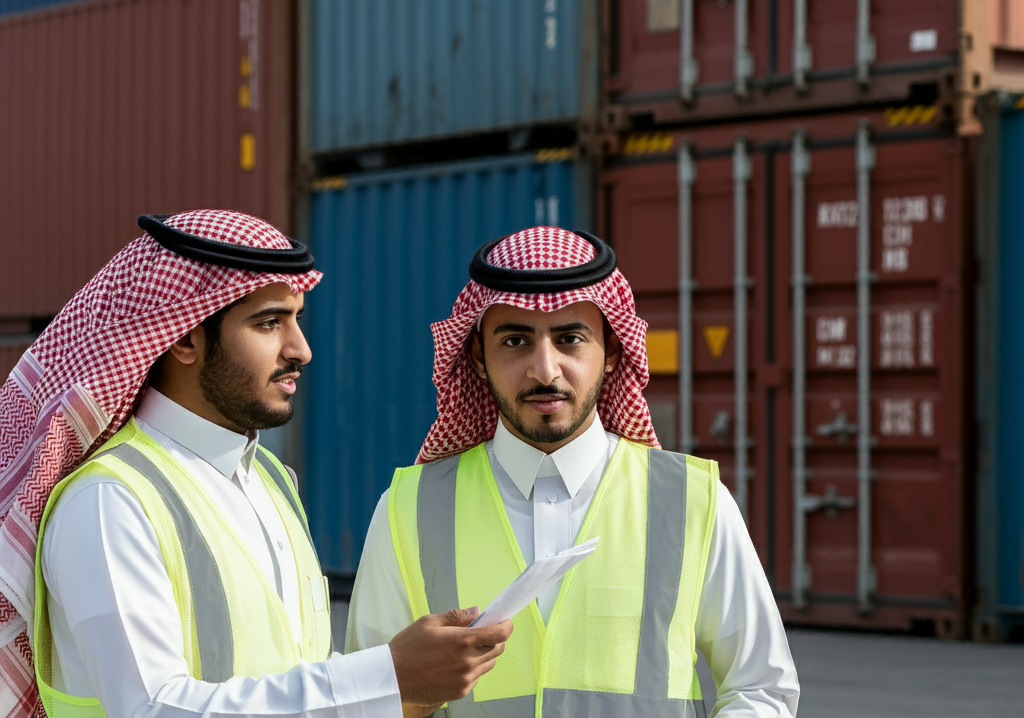Introduction
In today's interconnected world, every nation boasts ports of entry for goods, whether through air, sea, or land. These goods undergo inspection upon entry and are subject to customs duties, a fee imposed on all goods and shipments. The owner or agent of the goods must navigate the customs clearance process, which involves submitting the required documents to facilitate export and import operations. This responsibility includes overseeing the goods during inspection and valuation, paying the necessary fees, and receiving the goods upon completion of the process. The Gulf Cooperation Council's Unified Customs System dedicates its entire sixth section to outlining the stages of customs clearance, which include:
Customs Declarations
The system mandates the submission of a customs declaration, accompanied by documents specified by the Director-General of Customs, at the customs department. This declaration should include all information necessary for applying customs rules and collecting due customs duties for statistical purposes.
- Authority of the Director-General of Customs: The Director-General is responsible for determining the documents required with the customs declarations and the information these documents must contain. They may allow clearance procedures to proceed without certain documents in exchange for financial guarantees, bank guarantees, or a written commitment to provide these documents under specified conditions.
- Irrevocability of Customs Declarations: Once submitted, customs declarations cannot be altered. However, the declarant may request corrections before the declaration is inspected.
- Right of Inspection: Only the goods' owners or their representatives may inspect the goods and take samples before submitting the customs declaration, under the customs department's supervision and with permission from the Director.
Goods Inspection
The system details how goods are inspected, including the transfer of goods for inspection and the authorized personnel for such tasks. The inspection process is carried out entirely or partially by competent officers following the Director's instructions.
- Responsibility for Transport and Inspection Costs: The goods' owner bears the cost of transporting goods to the inspection site, opening parcels, repackaging, and all other actions required for inspection. The responsibility for the goods remains with the owner until they reach the inspection site.
- Liability in Case of Shortage: The system specifies liability in case of a discrepancy in parcel contents, with various scenarios outlined based on the condition of the parcels and the location of the shortage.
Customs Duties Collection
The basis for collecting customs duties is detailed, emphasizing the importance of the customs declaration content. If discrepancies arise between the inspection results and the declaration, customs duties are adjusted accordingly. The customs department has the authority to halt inspections and request additional documents for verification if necessary.
Resolution of Value Disputes
A Value Dispute Committee, composed of General Directorate of Customs officials, is established to resolve disputes over the value of imported goods. Importers have the right to appeal valuation decisions within fifteen days, and the committee's decisions are final once approved by the Director-General.
Release of Goods
The system regulates the release and handover of goods to their owners, highlighting that goods remain liable for customs duties until all customs procedures are completed and fees are paid. Emergency situations may warrant special measures for withdrawing goods against specific guarantees and conditions.
In summary, the Unified Customs System of the Gulf Cooperation Council, adopted by the Kingdom of Saudi Arabia, streamlines the customs clearance stages from the mandatory submission of the customs declaration and accompanying documents, through goods inspection and repackaging, to the payment of customs duties and final release of goods. This system simplifies the process for customs clearance professionals and goods owners, ensuring efficient compliance with global trade regulations.

 Previous Article
Previous Article
9 Ways to Build Strong Client Relationship



 Share this
Share this
 Copy Link
Copy Link
